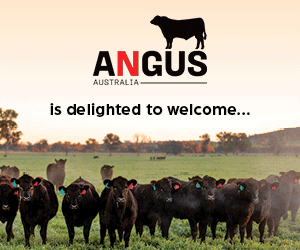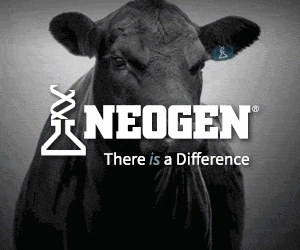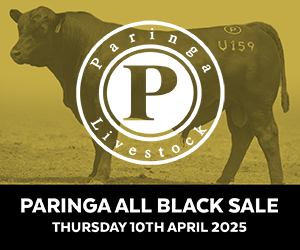Developing a Genomic Testing Strategy for your herd
When combined with pedigree and performance information, genomic information adds an additional source of information for the calculation of the TransTasman Angus Cattle Evaluation (TACE) Estimated Breeding Values (EBVs), enabling the generation of EBVs with additional accuracy, and ultimately enabling more accurate selection decisions to be made.
1. When should DNA Samples be Collected?
- DNA samples can be collected from birth using a Tissue Sample Unit (TSU) or from when formed follicles appear in tail hair, generally after at least 4 months of age if using hair as the sample type.
- For efficiency, collecting DNA should be included into other routine tasks such as calf weighing and tagging, alf marking or weaning.
- Taking samples earlier in the animal’s life and submitting them for testing allows the breeder to make more informed decisions by being able to test for genetic conditions, verify parentage and also receive genomically enhanced EBVs from the TACE evaluation.
- All of these results are common points of selection in cattle breeding as well as key elements of cataloguing animals for sale, having results available early will avoid any sample result problems that could have been overcome.
2. What DNA Samples will be Collected? Tail hairs, semen straws, or tissue samples can be accepted by Angus Australia for genomic testing, with Tissue Samples (TSU) being most preferred method.
3. Which Genomic Product will be Utilised? TACE currently incorporates genomic information from two different genomic products, being the HD50K product offered by Zoetis Animal Genetics, and the AngusGS product offered by Neogen Australia. Both HD50K and AngusGS genotype results are standardised through a process called imputation to offer comparable results, however there can be pricing and turn-around time differences between the two companies. For current information please see the Angus Australia website or contact staff at Angus Australia.
4. What Animals should I test? In contrast to performance information, there is no requirement to collect DNA samples for all animals in a contemporary group. Testing can consequently be conducted on as many or as few animals as desired, depending on the objective.
Common testing strategies include:
- Testing an individual animal
- Strategically testing a group of animals of specific interest, for example candidate bulls for use in a breeding program
- Testing an entire calf drop
- Testing high value/impact animals, such a donor cows
- Testing each cohort of replacement heifers, eventually resulting in a fully genomically tested female herd
When making a decision as to what animals will be tested, it is important to consider the incorporation of genomic information is of more value when an animal’s existing EBV has low – medium accuracy.
For example:
- When an animal is very young
- For traits that are hard to measure, or traits that cannot be measured prior to an animal entering the breeding herd
- For traits that have a low heritability
- In situations where collecting effective performance information is problematic, such as in small herds, or when an animal has been removed from its contemporary group
- In situations where little information is recorded with TACE for the animal, such as recently imported overseas sires It is also important to be mindful that genomic information is of limited value if the animals being tested are not related to the animals that were used to develop the genomic product. For this reason, the genomic testing should only be conducted on black Angus animals (or Red Angus animals with at least one black Angus parent)







